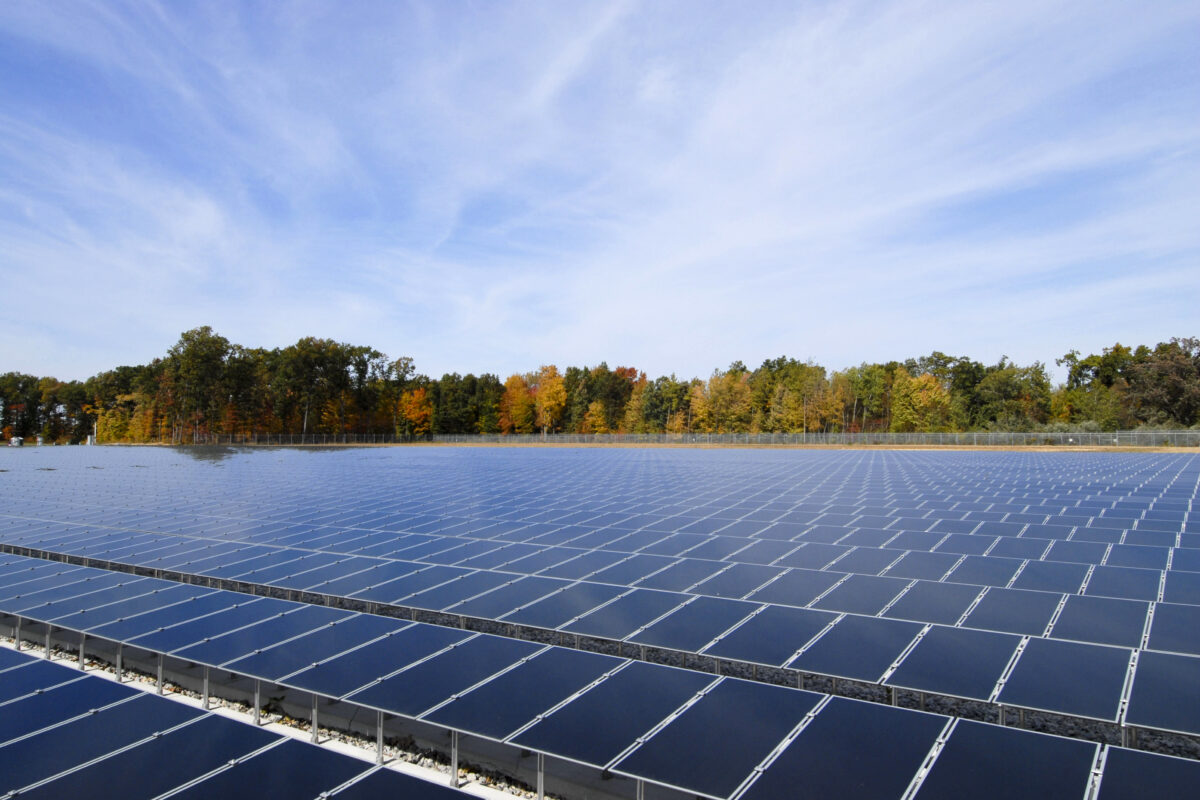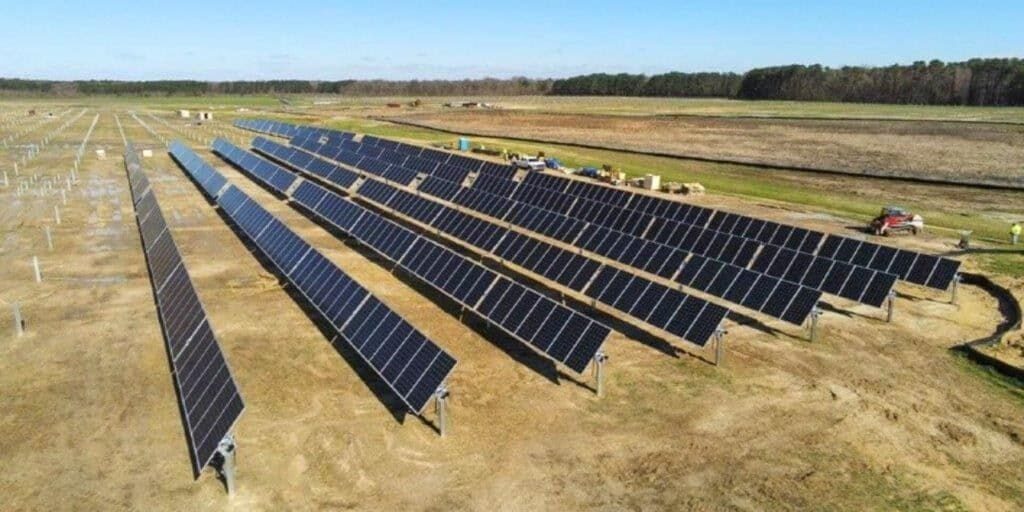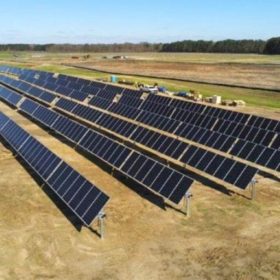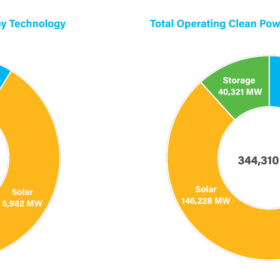The Ohio House of Representatives has passed House Bill 303 (HB 303), the “Community Energy Act,” establishing a 1.5 GW pilot program for community solar facilities across the state. The bill, which passed with a significant 73-2 bipartisan majority, now advances to the Senate for further consideration.
The legislation creates a framework for “community energy facilities” (CEFs) to be interconnected to the utility distribution system, allowing residents and small businesses, including renters and those with unsuitable rooftops, to subscribe to local energy projects and receive credits on their monthly utility bills.
The program aims to increase in-state generation capacity, bolster grid reliability, and provide customer choice in a state grappling with rising energy costs and growing demand from sources like large data centers.
Program mechanics and scope
The pilot is technology-neutral, permitting facilities using solar, biomass, landfill gas, hydroelectric, or natural gas technologies. Key stipulations include:
- Capacity Cap: A statewide cap of 1,500 MW for the four-year pilot program, allocated annually in 250 MW increments, with an additional 500 MW reserved for projects on distressed sites (e.g., brownfields, abandoned mines) or commercial/public rooftops.
- Facility Size: Individual CEFs are capped at 10 MW (20 MW for brownfield or rooftop sites).
- Ownership & Operation: Facilities must not be utility-owned and must have at least three subscribers, with no single subscriber accounting for more than 40% of the facility’s output.
- Interconnection: Due to their smaller scale, these projects can bypass the lengthy PJM interconnection queue, offering faster development timelines compared to utility-scale generation resources.
Subscribers will receive bill credits for their proportional share of electricity generated, with the Public Utilities Commission of Ohio (PUCO) determining the final value. The bill links credits to the utilities’ retail rates, including generation and transmission costs.
This crediting mechanism has drawn scrutiny from the Ohio Consumers’ Counsel (OCC) and some utilities like AEP Ohio, who argue it could shift costs to non-participating customers. The OCC has recommended that the bill be adjusted to ensure costs follow benefits and that credits reflect actual, verifiable cost savings to each utility system, not an administratively set value. The bill includes consumer protections such as prohibiting upfront fees and early termination charges.
However, analysis from The Brattle Group of a similar Ohio community energy proposal (HB 197) found that the operation of 1 GW of ground-mounted community energy would have no significant impact on residential customer rates, estimating savings of about four cents per customer per month. This suggests the facilities would effectively pay for themselves through the benefits they provide to the system.
What’s more, the current version of HB 303 requires participating developers and subcontractors to bear program administration costs and mandates the Public Utilities Commission of Ohio (PUCO) to adopt rules surrounding direct and indirect costs. These provisions are designed to ensure that the costs of running the program do not fall on non-subscribing ratepayers.
Benefits of community energy which accrue to all customers include reduced market prices for energy and capacity, “peak-shaving” (easing grid strain during high-demand periods), avoided costs for utilities (less need for expensive traditional power plants and infrastructure upgrades), and reduced transmission and distribution losses.
The bill is currently with the Ohio Senate, where a parallel bill, Senate Bill 231, also has bipartisan co-sponsorship.
This content is protected by copyright and may not be reused. If you want to cooperate with us and would like to reuse some of our content, please contact: editors@pv-magazine.com.









Now, cities & towns just need to create an expedited permitting procedure allowing solar parking lot canopy micro grid contractors to rapidly develop multiple sites with pre-approved system designs & engineering, including on-site non-flammable BESS & V2G chargers. No new utility transmission, site acquisition or other site improvement spending required. And no NIMBYS. And Piclo Accelerated Community Energy already provides a transparent marketplace for parking lot owners to trade their surplus energy.